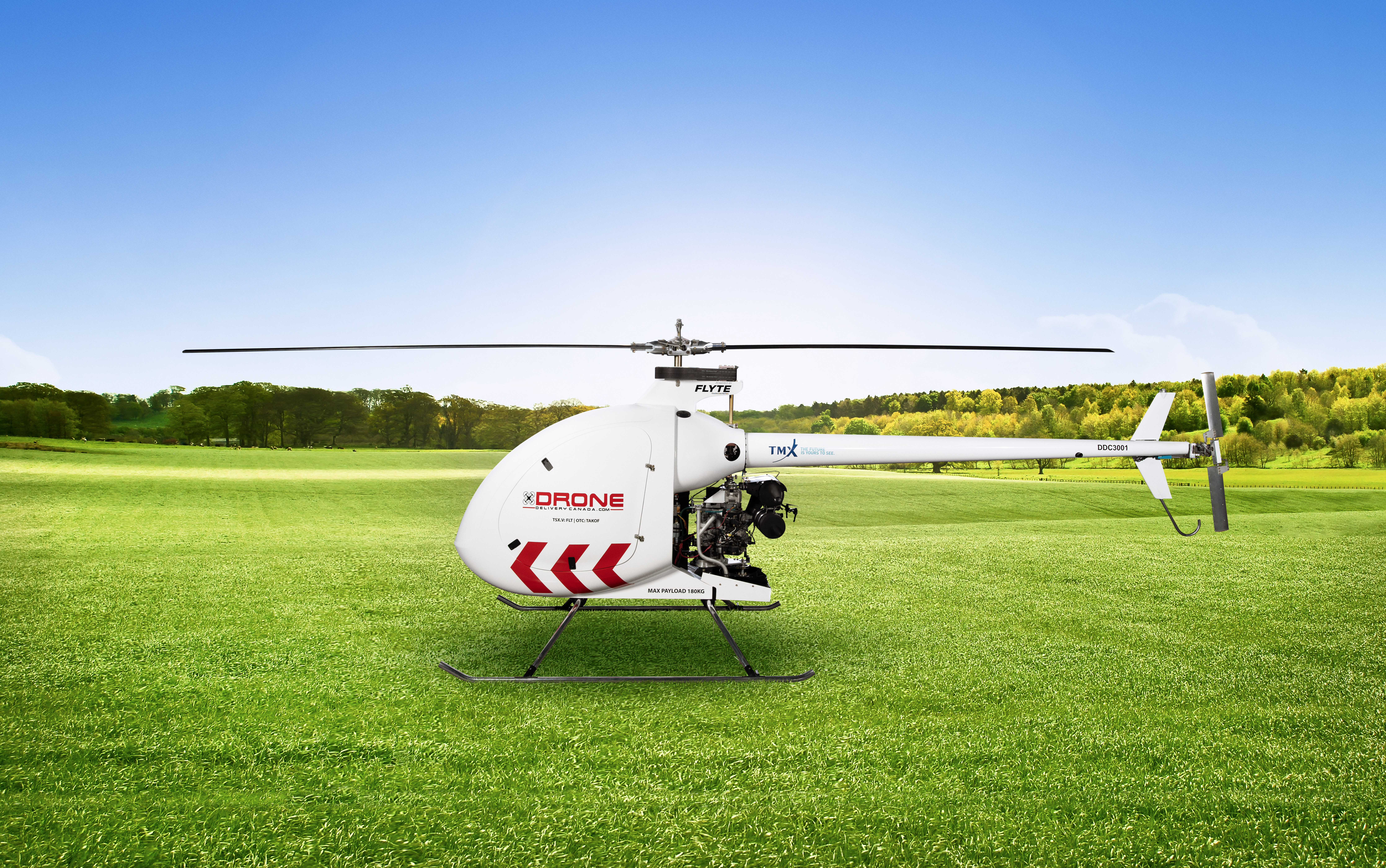
Transport Canada has issued a proposal that would allow very large drones, such as cargo drones, to fly beyond the remote pilot’s visual line of sight (BVLOS) when traveling in remote areas.
The proposal takes a risk-based approach to flying beyond visual line of sight without a special permission. In addition to following the international Strategic Operational Risk Assessment (SORA) protocols, Transport Canada plans to implement additional measures to ensure safety:
In addition to the Strategic Operational Risk Assessment, the department is proposing a regulatory framework that continues to manage and mitigate risks through the 3Ps – the Pilot (more stringent licensing requirements; the Product (manufacturing and maintenance requirements); and the Procedures (airspace and operational risk mitigations). This proposal aims to allow greater flexibility in the use of RPAS for visual line-of-sight operations, while unlocking the potential for beyond visual line-of-sight operations in Canada.
The proposal to accommodate very large drones, weighing 650 kg or 1,433 pounds, would allow for expanded operations in Canada’s large sparsely populated areas – areas where the energy industry is engaged, and drone delivery might be most useful. The proposal is a direct effort to make these operations more viable for the drone industry.
Allowing operations beyond visual line-of-sight is essential to unlocking more of the economic potential of the RPAS sector in Canada. Industry estimates that the economic potential of BVLOS operations is significant and with the allowance of routine operations an RPAS could cover larger distances, collect more data with fewer deployments than would be required with VLOS operations all at a lower cost than with the use of traditional aircraft. In Canada, there is a unique potential for BVLOS operations in remote and rural areas particularly in economic sectors such as oil and gas and deliveries to remote communities.
In the proposal, Transport Canada recognizes that the drone industry is impatient to regularize BVLOS flight, necessary for many drone delivery, agriculture and major infrastructure applications. “As part of TC’s Regulatory Review Initiative (ongoing since 2019), a lack of regulations for BVLOS operations was identified as an irritant by the RPAS industry. In order to address this, and as part of TC’s commitment to regulatory modernization, the department has accelerated the development of regulations for lower-risk beyond visual line-of-sight operations,” says the proposal.
CEO DroneLife.com, DroneRacingLife.com, and CMO of Jobfordrones.com. Principle at Spalding Barker Strategies. Has enjoyed working with and around the commercial drone industry for the last 10 years. Attendance and speaker at Industry Events such as Commercial UAV, InterGeo, Interdrone and others. Proud father of two. Enjoys karate, Sherlock Holmes, and interesting things. Subscribe to all things drone at DroneLife here. Email is Harry@dronelife.com. Make Sure that you WhiteList us in your email to make sure you get our Newsletter. Editor1@dronelife.com.
